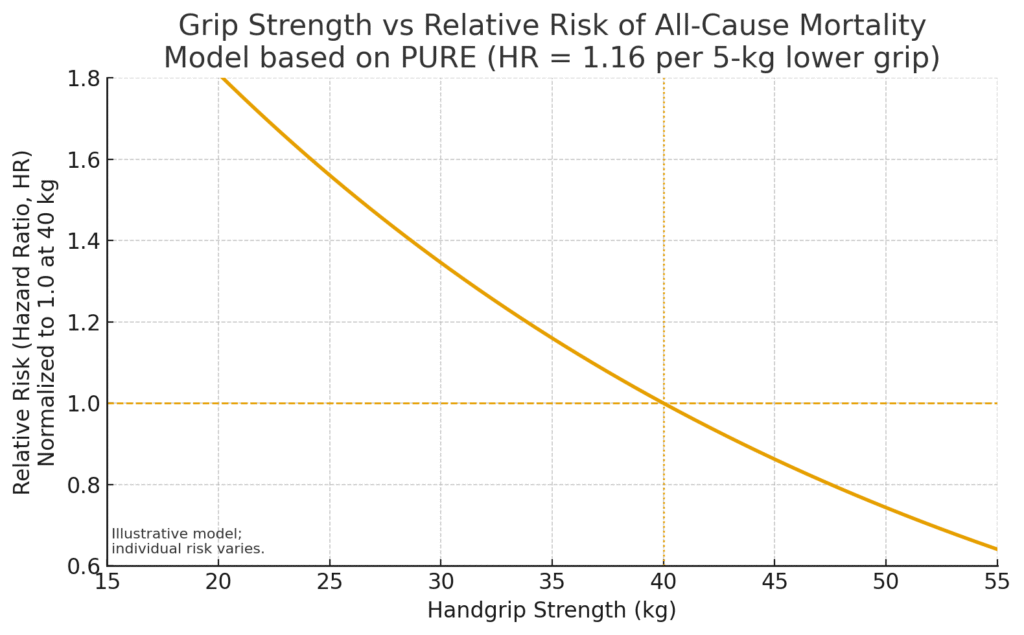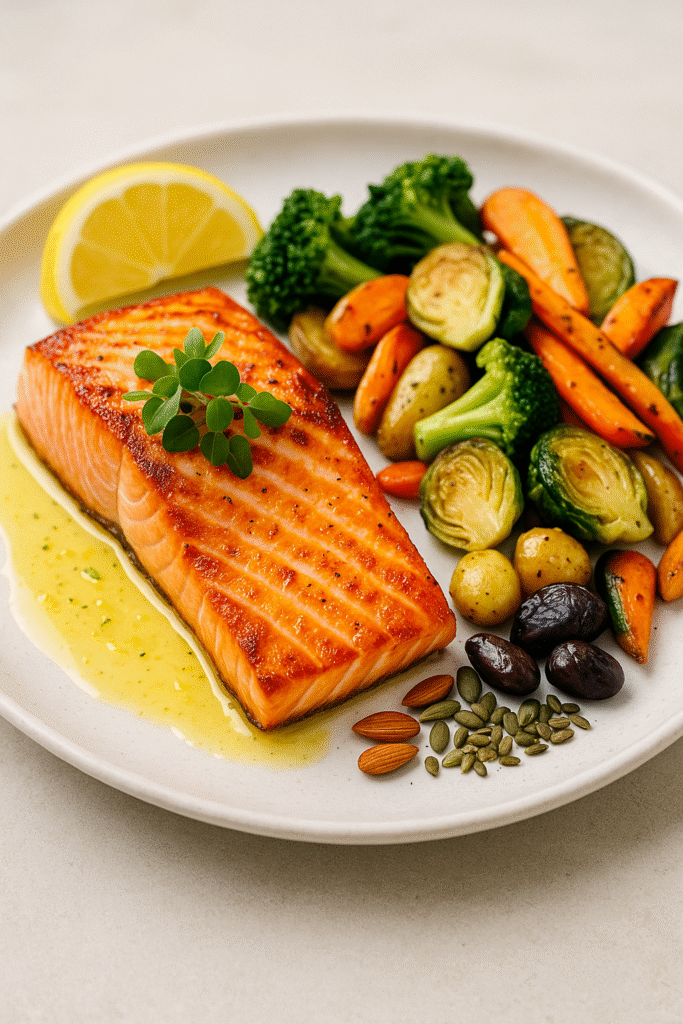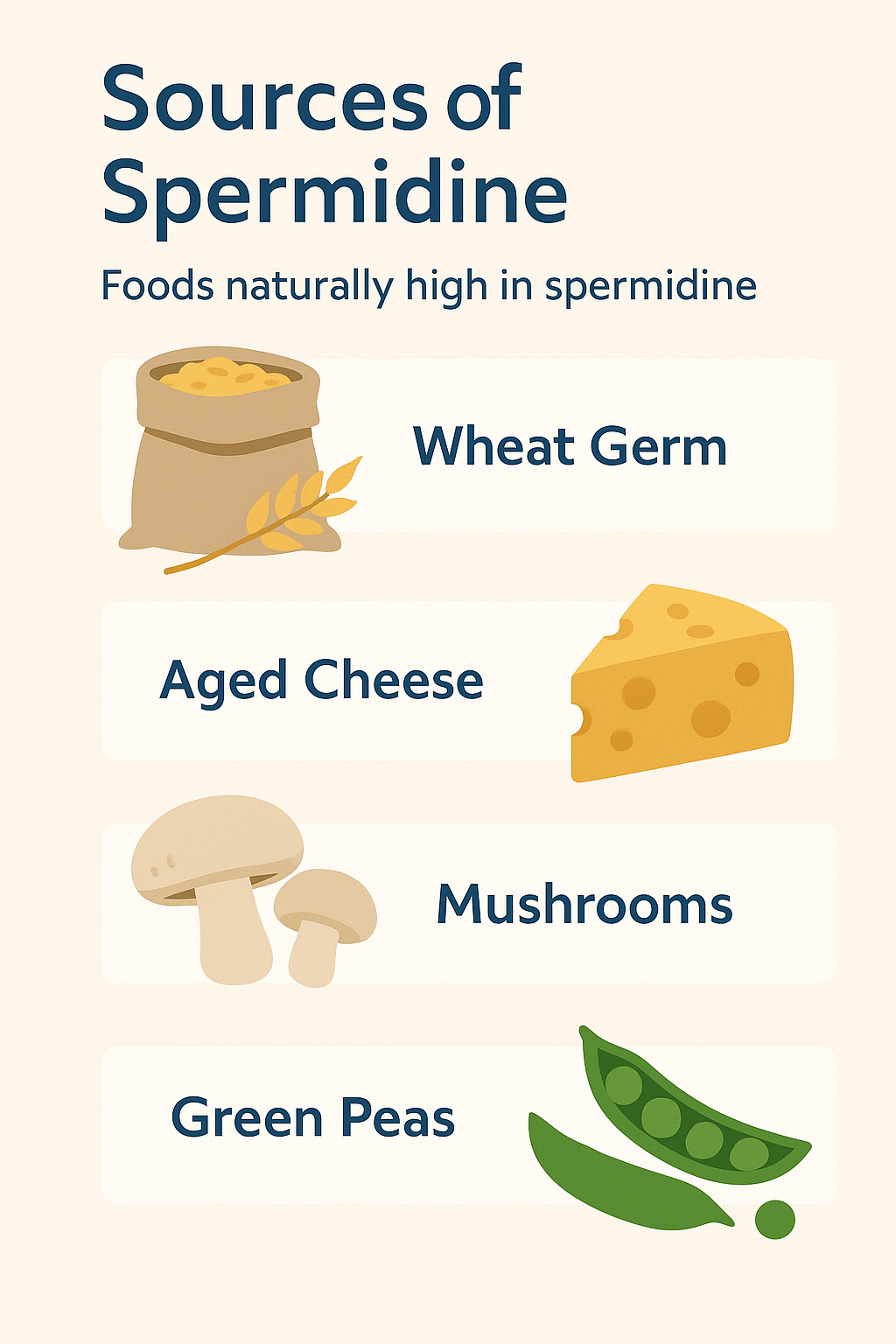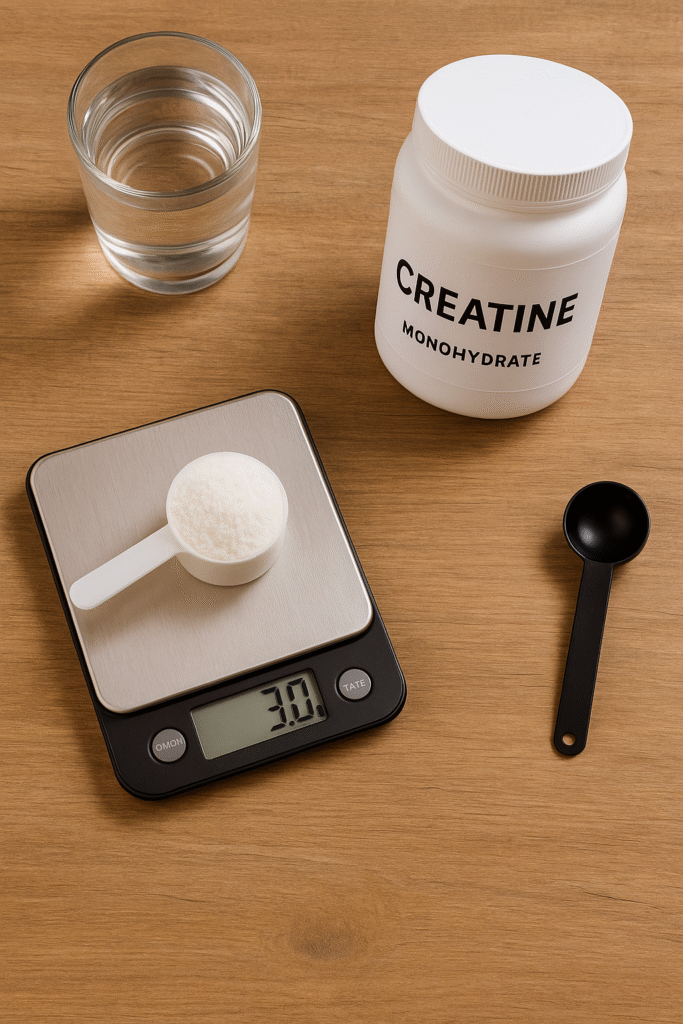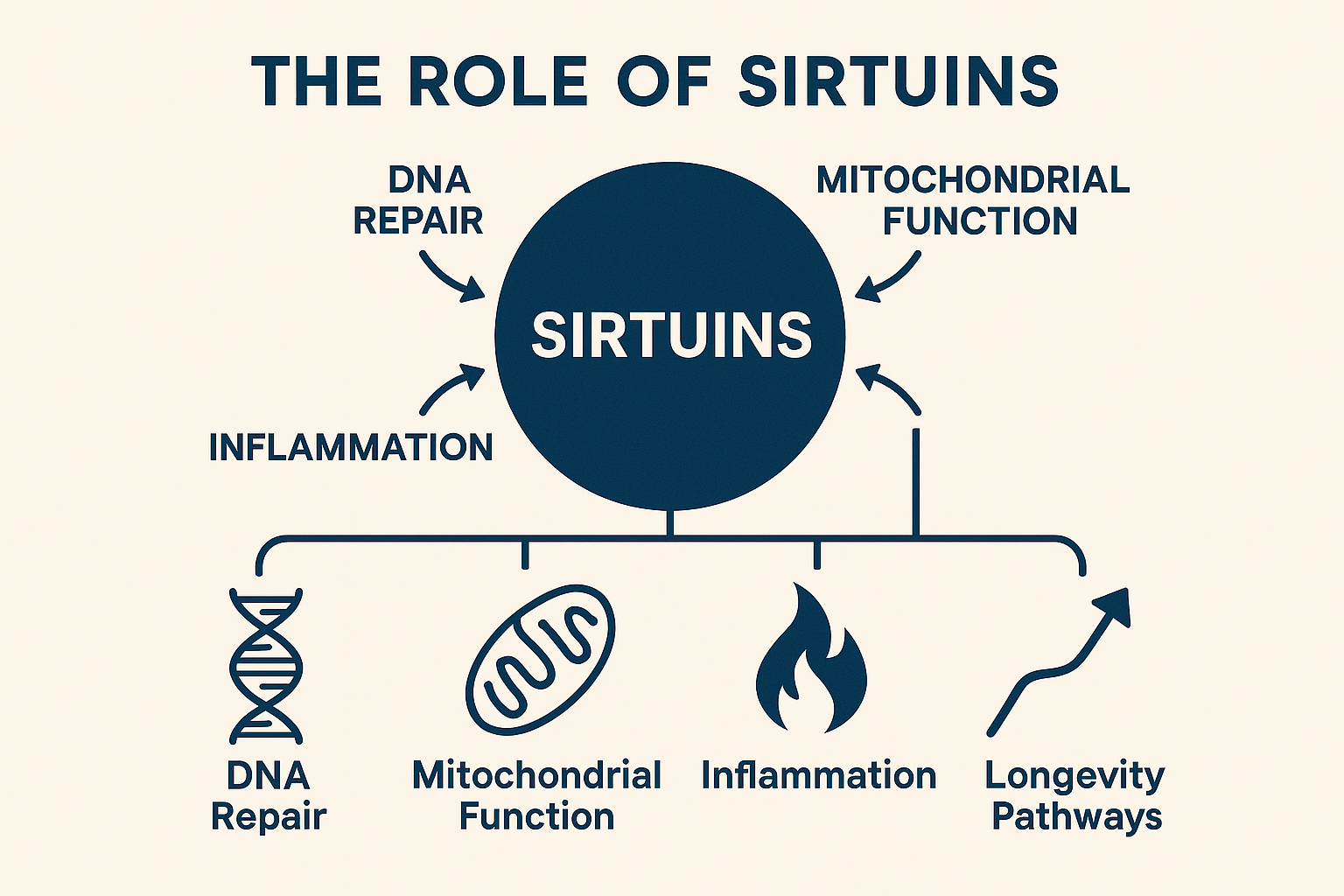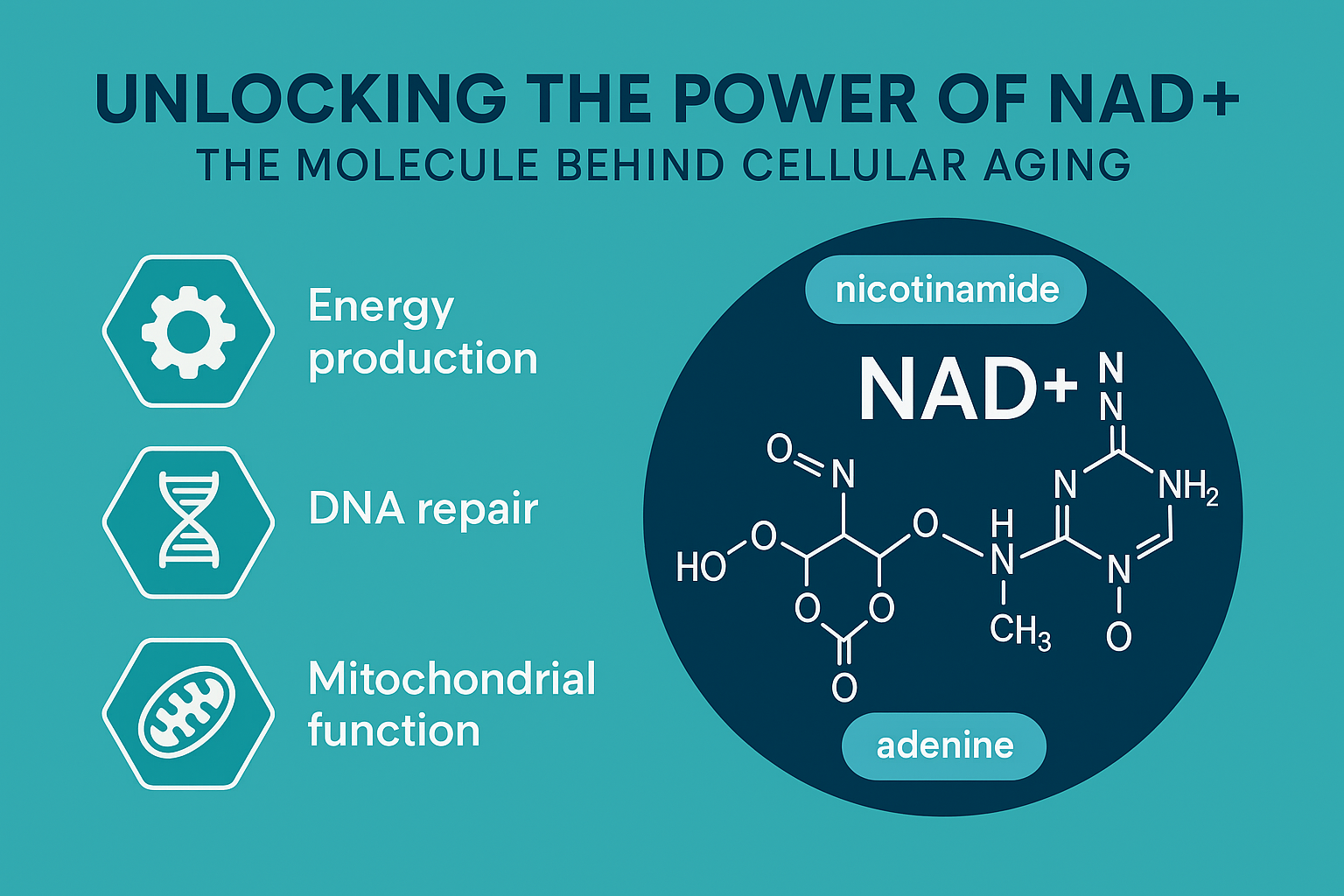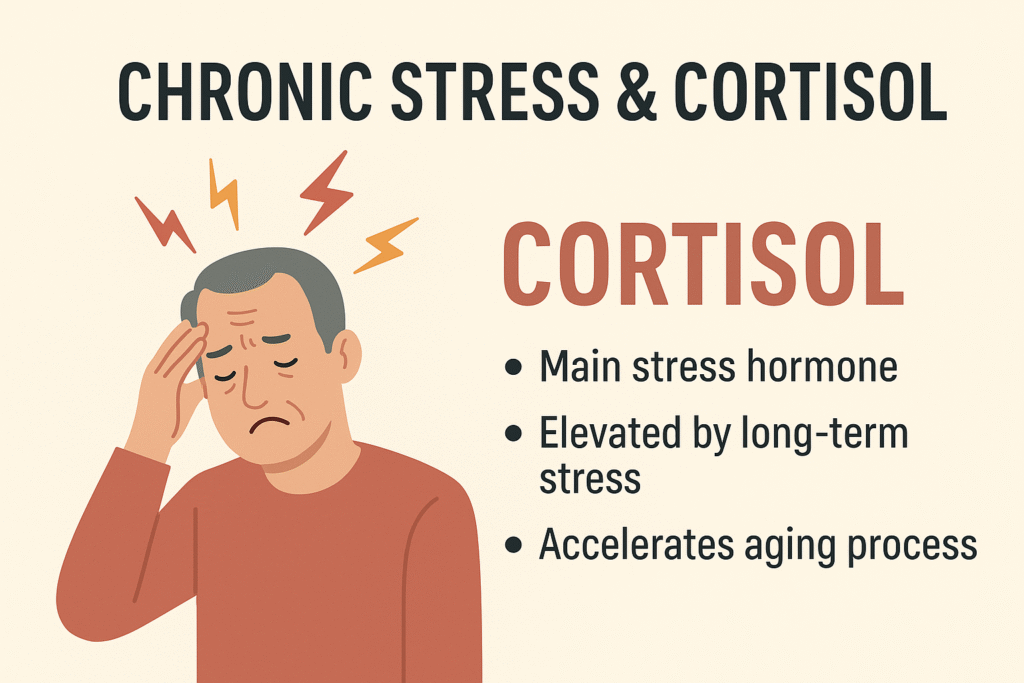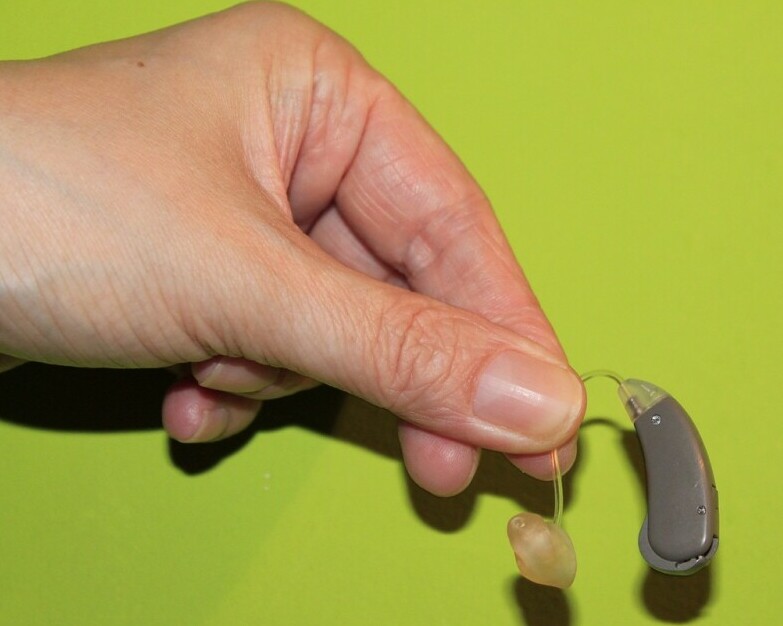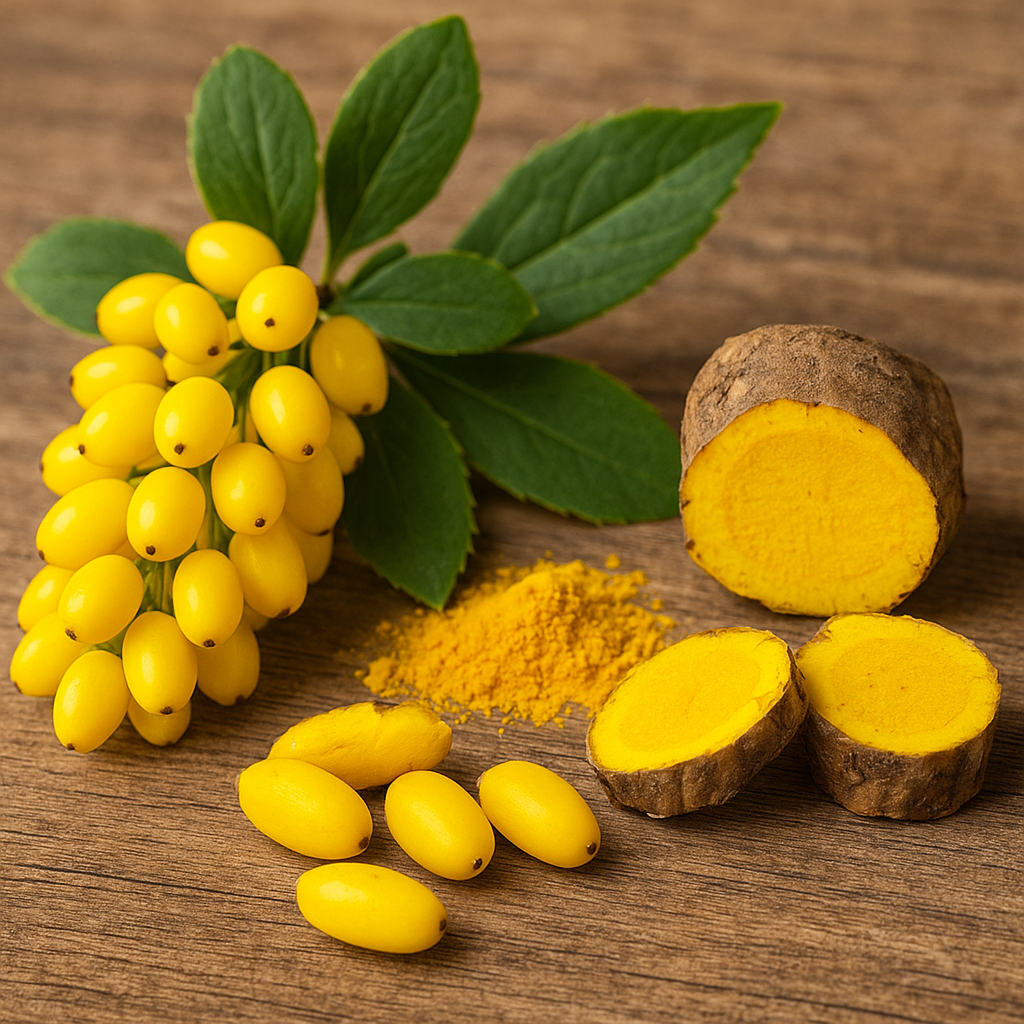Hand grip strength is a robust predictor of all-cause and cardiovascular mortality across large, diverse cohorts. You don’t need a lab to assess it: a simple dynamometer squeeze or a dead-hang on a pull-up bar gives useful signal. Improve it with progressive grip and carry work, plus structured hang progressions. Hanging can also help many people feel shoulder relief and postural decompression, though high-quality trials on hanging specifically are limited; treat it as a mobility/traction drill rather than a cure.
Two landmark analyses anchor the evidence: 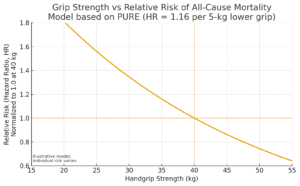
PURE study (17 countries): Each 5-kg decrease in grip strength was associated with higher all-cause and cardiovascular mortality, and grip strength outperformed systolic blood pressure as a mortality predictor. The Lancet+1
UK Biobank (≈500,000 adults): Lower grip strength associated with greater risk of all-cause death and major disease incidence (cardiovascular, respiratory, COPD, and some cancers). BMJ+1
Umbrella reviews and meta-analyses since then have reinforced the signal: weaker handgrip is linked to higher mortality, morbidity, and frailty across populations. Some work even proposes grip as a “vital sign” for general health. PMC+1
Why would the hands forecast life outcomes? Grip is a practical proxy for overall muscle strength, mass, and nervous-system drive—all of which decline with age and drive risk through falls, cardiometabolic disease, and loss of functional reserve. PMC
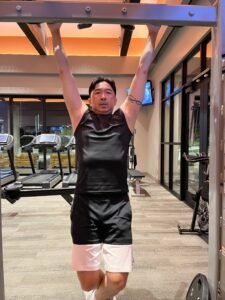
On this topic, I incorporate the Dead-Hang into my gym workout by doing 3-4 sets while using different types of grip when possible, which is dependent on the equipment available at the gym. Using different types of grip on the Dead Hang helps me work out different muscle groups while also providing different stretches in my body. As shown to the right, I Dead-Hang with different grip positions of palms facing me and palms away for 2 sets each for a hold of 90 seconds to 120 seconds. Another hack I use for improving in my grip strength is to perform 3-4 sets of 15 reps using a hand grip device while watch a show at home. This helps me build my grip strength and burn calories at the same time.
Where “Hang Time” Fits
There isn’t a prospective study tying bar hang duration directly to mortality. But hang time is mostly a grip endurance test 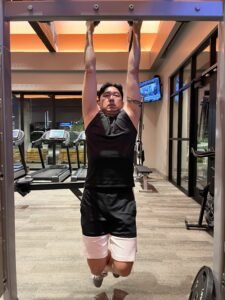 performed at bodyweight; it correlates with the same qualities captured by dynamometer grip tests. Physician Peter Attia has popularized dead-hangs as an accessible longevity metric inside his “centenarian decathlon” framework:
performed at bodyweight; it correlates with the same qualities captured by dynamometer grip tests. Physician Peter Attia has popularized dead-hangs as an accessible longevity metric inside his “centenarian decathlon” framework:
Attia’s benchmark: a “very strong” 40-year-old male should be able to dead-hang ~2:00, and a very strong female ~1:30 (scale down ~10 seconds per decade). He also cues scapular engagement as the default, with occasional variation. PodScripts+1
Treat these as training goals rather than pass/fail health screens.
How to Measure Your Grip (at Home or the Gym)
Dynamometer test (most standardized).
Stand tall, arm at side but not touching the torso, slight elbow flex (~15°).
Squeeze maximally for 3 seconds; record the best of 3 per hand.
Compare against your historical numbers more than population charts—rate of change matters. (Consumer models like CAMRY are adequate for trend-tracking.)
Dead-hang test (grip endurance).
Overhand grip on a pull-up bar; thumbs over or around is fine.
Option A: scapula engaged (shoulders “down and back”); Option B: relaxed shoulders (more traction).
Time how long you can hold with a neutral spine and legs still. Train away from max effort at first. PodScripts
Training to Improve Grip Strength
Twice weekly is enough for progress; 8–12 weeks is a good assessment window. 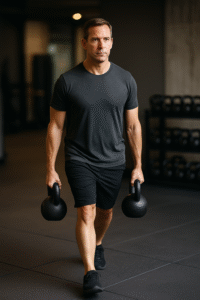
Farmer carries (gold standard): Hold heavy dumbbells or a trap bar, walk 20–40 m; 4–8 sets. Start with a load you can carry for ~30 s and progress duration or weight. (Attia often pairs farmer carries with hang targets in his programming.) PodScripts
Heavy holds: Barbell or trap-bar timed holds for 15–40 s; 4–6 sets.
Thick-bar work (e.g., Fat Gripz): Place on dumbbells for rows/curls/holds to challenge forearm flexors. 3–4 sets of 6–10 reps or 20–30 s holds.
Crush & pinch: Grippers (crush) and plate pinches (thumb-heavy) fill gaps. Rotate modalities weekly so you don’t overuse one pattern.
Progression rule: Stop 1–2 reps or ~5–10 s short of failure; add small increments weekly. Deload every 4–6 weeks.
Training to Improve Hang Time
A four-step progression that respects connective tissue:
Assisted hangs (band or toe-assisted): 6–10 × 20–30 s with scapular engagement, 60–90 s rest.
Unassisted short hangs: 6–8 × 20–30 s, adding 5–10 s per week across sets.
Longer sets: 3–5 × 40–60 s; build total time first, then push one “top” set to a PR weekly.
Variation & resilience: Mix grips (overhand/neutral), and include scap pull-ups (small shoulder-blade depressions) for 3×8–10 to condition tissues.
Red flags: elbow or anterior shoulder pain that builds during hangs, history of shoulder instability, or acute shoulder injury—modify (assisted or neutral-grip) or substitute carries until cleared.
Attia notes he prefers scap-engaged hangs for most training, occasionally allowing passive (relaxed) hangs—both can be used, but ease in gradually. PodScripts
Does Hanging Help Posture & Shoulders?
There’s long-standing clinical interest in hanging/overhead traction for subacromial pain and posture. Orthopedic surgeon John M. Kirsch has popularized daily hanging for shoulder impingement based on clinic data (a widely cited 92-person series), proposing that hanging decompresses the shoulder, stretches the coracoacromial arch, and may improve symptoms. However, the primary evidence base is not a modern randomized trial; it’s mostly case series and non-controlled reports. Use as a mobility adjunct, not a sole therapy. heal your own shoulder+1
What is well supported? Targeted exercise therapy for subacromial pain—strengthening rotator-cuff and scapular stabilizers—improves function and reduces pain; in RCTs it can rival or beat surgery. Hanging can slot in as a gentle traction/stretch between sets if it’s pain-free for you. BMJ+1
Bottom line: Many people report shoulder relief and a “taller” posture sensation after hangs—likely from gentle traction and scapular movement—but treat it as an accessory alongside proven exercise strategies. If hanging aggravates symptoms, stop and consult a clinician. PMC
Putting It Together: A 12-Week Grip & Hang Plan
2 days/week after your main lifts (or as a standalone 15-minute finisher).
Day A (strength emphasis):
Farmer carry: 5 × 30–40 m (heavy, crisp posture).
Barbell timed hold: 4 × 20–30 s.
Hang progression: 6 × 20–30 s (assisted as needed), scap engaged.
Day B (endurance & tissue capacity):
Thick-bar dumbbell rows: 4 × 8–10.
Plate pinches: 4 × 20–30 s.
Hang progression: 3–5 × 40–60 s + 1 PR attempt (stop if pain).
Re-test: Dynamometer best-of-3 per hand and 1 all-out hang at weeks 0, 6, and 12.
FAQs
Does stronger grip result in longer life?
Observational data can’t prove causality; grip likely indexes global strength and health behaviors. But training grip and total-body strength is low-risk and high-benefit for function. The Lancet+1
What numbers should I aim for?
Rather than a single cut-off, focus on raising your personal baseline. As a reference point, Attia suggests ~2:00 (men) / 1:30 (women) hang targets around age 40, scaled by decade. PodScripts
Any evidence-based thresholds?
A 2024 analysis suggested mortality risk declines as grip rises from ~10 kg up to ~28 kg, then levels; use this as context, not a hard target.
My Perspective
For Baby Boomers and Gen X—I see Grip Strength and Hang Time as a simple and honest metric you can act on every week by incorporating these exercises into your workout routine, which I currently do between my lifting sets. I treat Dead Hangs as a postural decompression method while building my core strength from using my body weight to improving my grip strength. This improvement to my core strength has translated well when applied to surfing and mountain biking where core strength also comes into play. I view Hang Time and Grip Strength as another rotation in my workout which translates into cross training as a means into my other sporting activities.
Gear For Improving Grip Strength & Hang Time
 4.8$25.95Buy Now
4.8$25.95Buy NowCalibrated crush-grip grippers (progressive levels from “Sport” to “#4”). Knurled aluminum handles and steel spring.
Benefits: Systematic strength progression for crush grip; tiny footprint; durable.
Appeal: You want measurable grip milestones and minimal equipment.
We earn a commission if you make a purchase, at no additional cost to you.
09/26/2025 08:35 am GMT 4.8
4.8$31.99$29.95Buy NowSilicone sleeves that increase handle diameter on dumbbells/bars to challenge forearm flexors; widely used for arm/forearm development.
Benefits: Upgrades everyday lifts into forearm builders without extra exercises.
Appeal: You prefer to build grip during your normal training (rows, curls, carries).
We earn a commission if you make a purchase, at no additional cost to you.
09/26/2025 08:35 am GMT 4.5$79.99Buy Now
4.5$79.99Buy NowTool-free doorway bars for pull-ups, chin-ups, and dead-hangs; multiple grips; portable. (Several models—choose one rated for your door width and bodyweight.) Amazon+1
Benefits: Gives you a daily hang station at home; neutral grips can feel friendlier on shoulders.
Appeal: You want an easy habit trigger—walk under the bar, do a 30–60 s hang.
We earn a commission if you make a purchase, at no additional cost to you.
09/26/2025 08:35 am GMT
Tip: If you’re over ~220 lb or have a delicate doorway, consider a stud-mounted bar for added safety.
Notes on Evidence & Safety
The grip-mortality relationship is among the most replicated in exercise epidemiology. Use it as a nudge to get stronger overall, not as doom-scroll material. The Lancet+1
Hanging as a mobility/traction drill has plausible mechanical benefits for many shoulders, but rigorous RCTs are limited; fold it into a shoulder-friendly strength plan rather than relying on it alone. BMJ+1
If any numbness, sharp pain, or instability appears during hangs, stop and get assessed.
Sources & Further Reading on Topic
Leong et al., Lancet 2015 (PURE): grip strength predicts all-cause & CVD mortality. The Lancet
Celis-Morales et al., BMJ 2018 (UK Biobank): low grip tied to mortality and major diseases. BMJ
Soysal et al., 2020 umbrella review: handgrip strength and health outcomes. PMC
Chen et al., 2024: threshold analysis of grip vs mortality. PMC
Attia on grip & dead-hang benchmarks (AMA #329) + grip strength piece. PodScripts+1
Exercise therapy for subacromial pain vs surgery; shoulder-specific programs. BMJ+1
Kirsch’s hanging protocol (book/site) — promising but limited clinical evidence base.
Disclaimer: All the content on this site is for informational purposes only, does not constitute medical advice, and does not establish any kind of patient-client relationship by your use of this website. I am not a health care professional. The information, including but not limited to text, graphics, images and other material contained on this website are for informational purposes only. No material on this site is intended to be a substitute for professional medical advice, diagnosis, or treatment. Before starting any new regimen, supplement, diet, or program, it is crucial to consult with a healthcare professional to ensure it is safe and suitable for your individual health needs and circumstances. Here’s a little transparency: This website also contains affiliate links. This means if you click and make a purchase, we may receive a small commission. Don’t worry, there’s no extra cost to you. It’s a simple way you can support our mission to bring you quality content.


